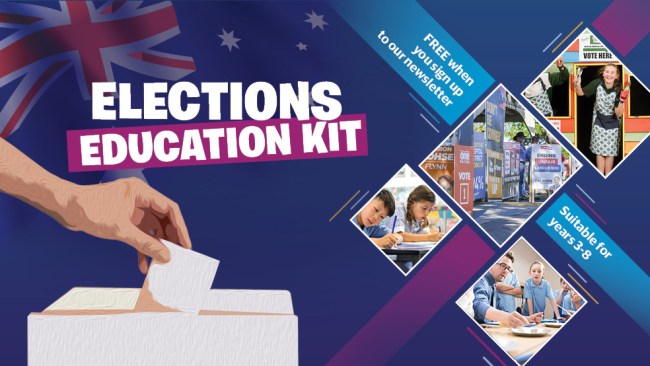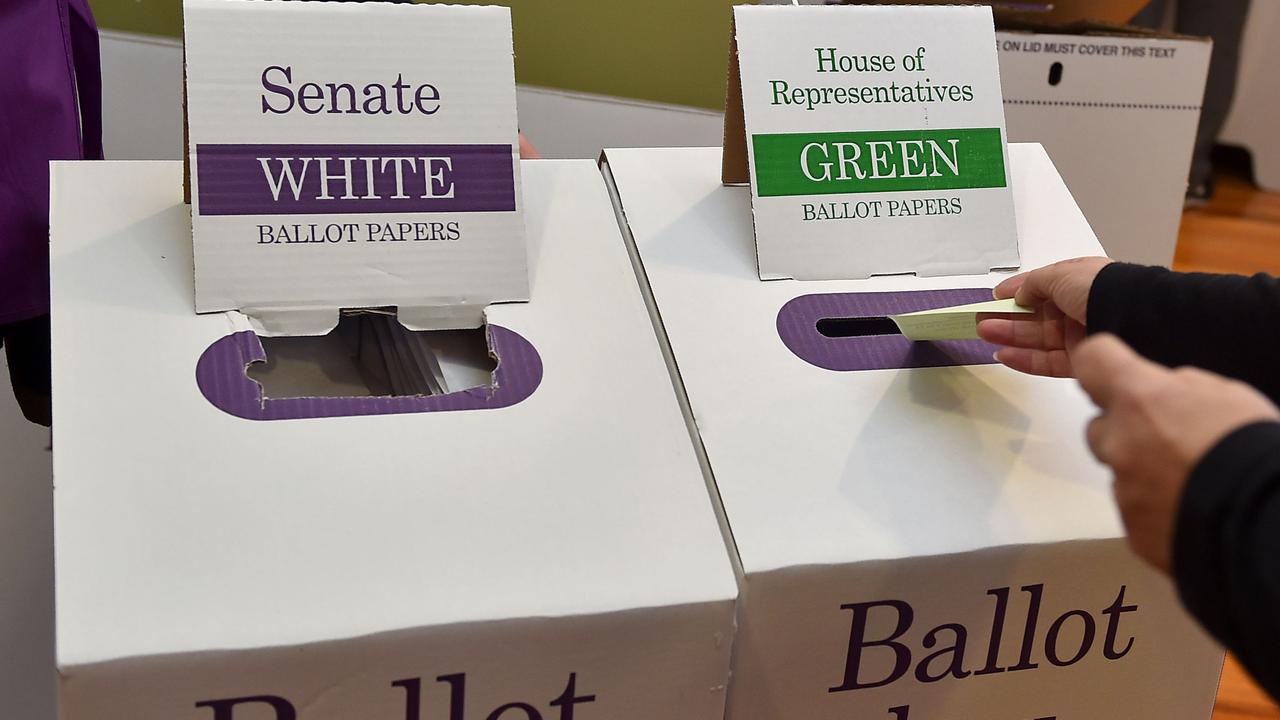Elections Part 5: Meet the prime minister and other political leaders
PART 5: We all want to know who will be prime minister after the federal election. Let’s look at how we choose our prime minister

READING LEVEL: GREEN
The election question many people want to know the answer to is this: Who will be Australia’s prime minister?
Will it be Anthony Albanese or could it be someone different?
Let’s look at how our democratic system of government helps us choose the prime minister in Australia.
A VOTE FOR THE PM?
Labor leader Anthony Albanese became the 31st prime minister of Australia on May 23, 2022.
Mr Albanese is the member of parliament for the electoral division, or electorate, of Grayndler in the inner west suburbs of Sydney in NSW. Only voters who live in that electorate will have the opportunity to vote (or not) for Mr Albanese.
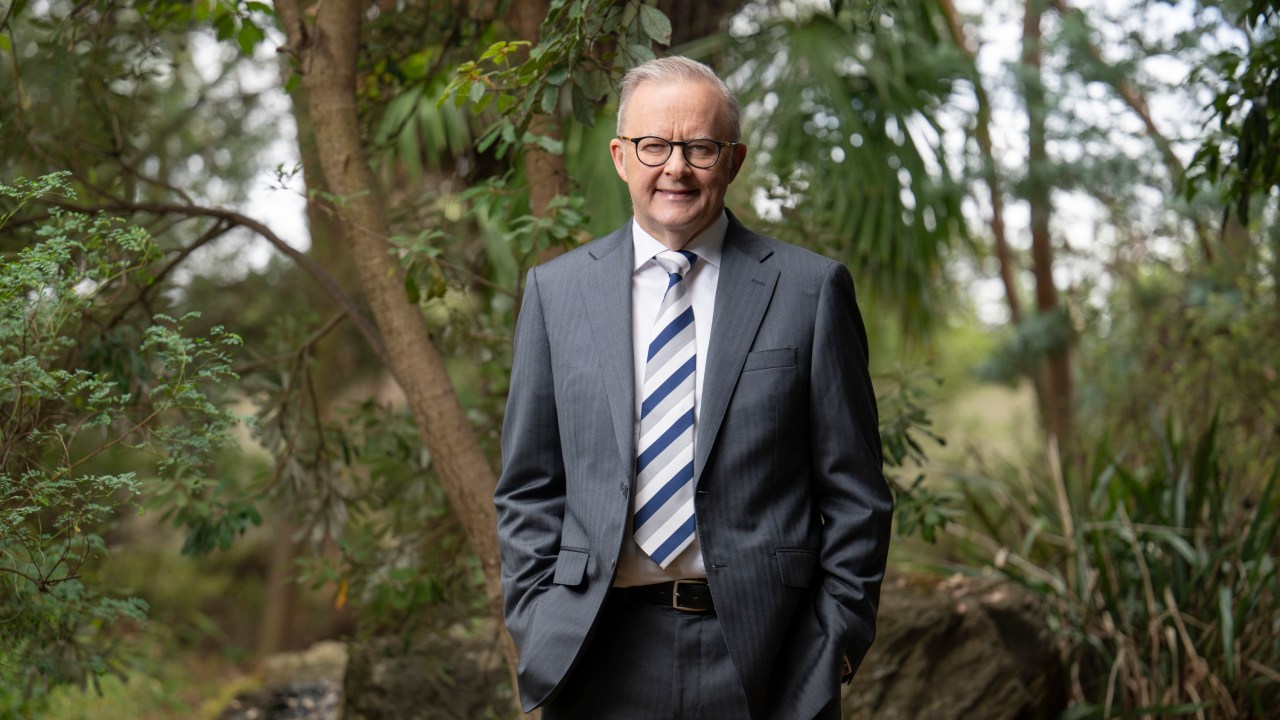
The local candidate in each electorate with the most votes is elected as a member of parliament to the House of Representatives*.
The political party with the most successful candidates gets to form government.
The prime minister is chosen by the party that is in government. Heading into the 2025 federal election, the Labor Party is in government.
The Labor Party chose Mr Albanese as leader back on May 20, 2019.
If the coalition between the Liberal Party and the Nationals wins enough seats in the House of Representatives to form government at the upcoming election, the coalition will choose a leader – currently Peter Dutton – to be prime minister.
THE TOP JOB
The prime minister’s job is to lead the Australian Government.
The government is made up of members of parliament in the prime minister’s party and of any parties in a coalition with the government.
There is no maximum number of years a person can be prime minister. They can keep their job as long as they are a member of parliament and have the support of the government.
As of July 1, 2024, the prime minister’s annual pay became $607,000. The position also comes with two official residences. These are The Lodge in Canberra and Kirribilli House in Sydney.
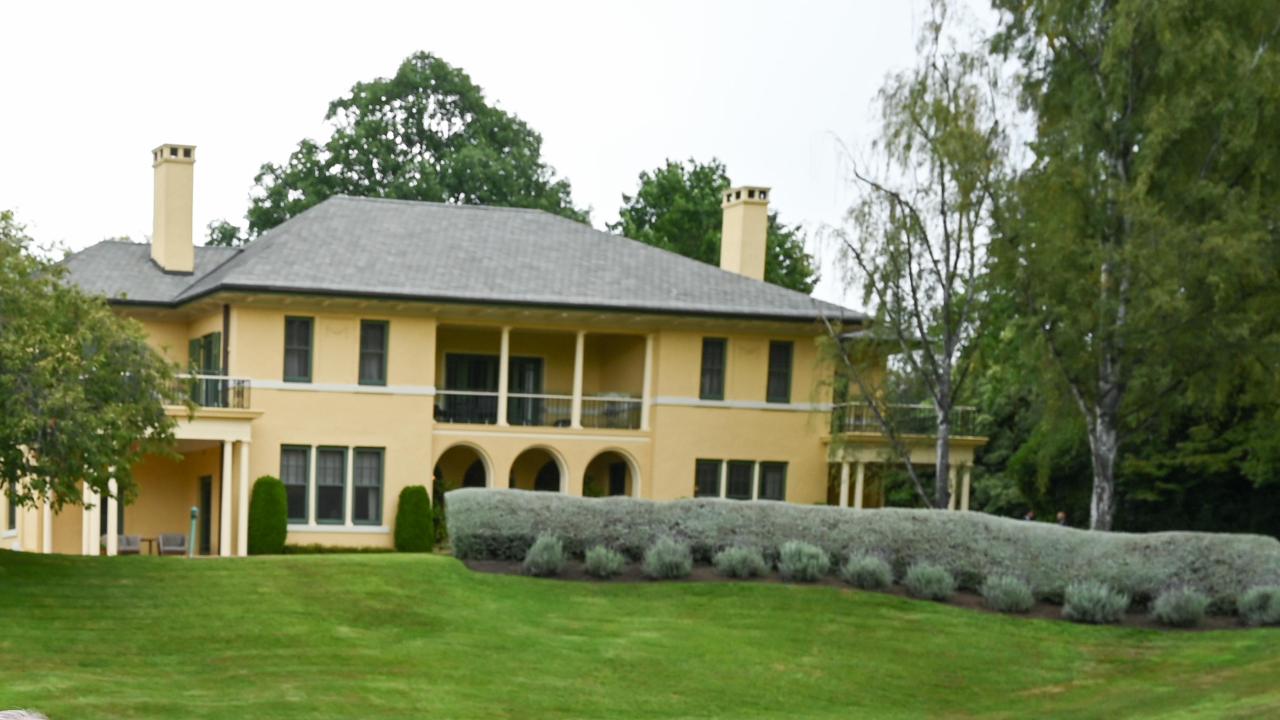
The prime minister:
- Selects members of the government to be ministers;
- Is in charge of meetings to discuss policies, which are actions or plans for the future, and look at bills, which are the suggestions for new laws;
- Represents the Australian Government overseas;
- Advises the governor-general on constitutional* matters and on appointing ambassadors* and heads of government departments; and
- Decides when to call a federal election and leads the government in the election campaign.
OTHER BIG JOBS
Deputy prime minister
The deputy prime minister is like a vice-captain. They stand in when the prime minister is overseas, on holiday or ill.
When the Liberal/National coalition is in government, the leader of the Nationals is the deputy prime minister.
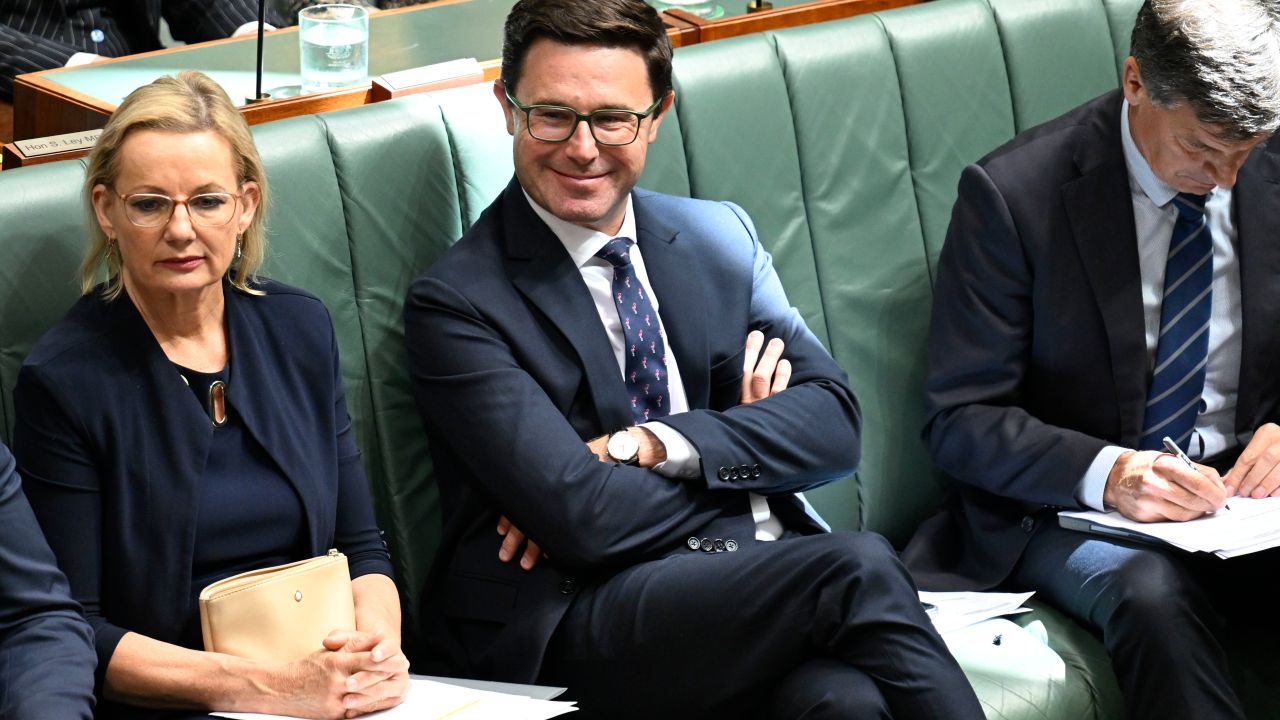
Treasurer
The treasurer is a senior member of the federal government who looks after government spending and money collection, such as tax.
Speaker of the House
The speaker of the House of Representatives is a member of parliament and belongs to the party in government, but their job is to be independent. They are in charge of how the House runs, including making sure parliamentary rules are followed.
The equivalent role in the Senate is called the president of the Senate.
Ministers
Ministers look after areas of responsibility called portfolios, such as health, aged care, education, defence and sport. Together, the prime minister and senior ministers are referred to as the cabinet.
Opposition leader
The opposition leader is the leader of the major party not in government. Currently this is Peter Dutton as the leader of the Liberal Party.
AUSTRALIAN PRIME MINISTERS
Becoming prime minister is a great achievement and an opportunity to help shape Australia for the future.
Notable prime ministers include:
Edmund Barton
1901-1903
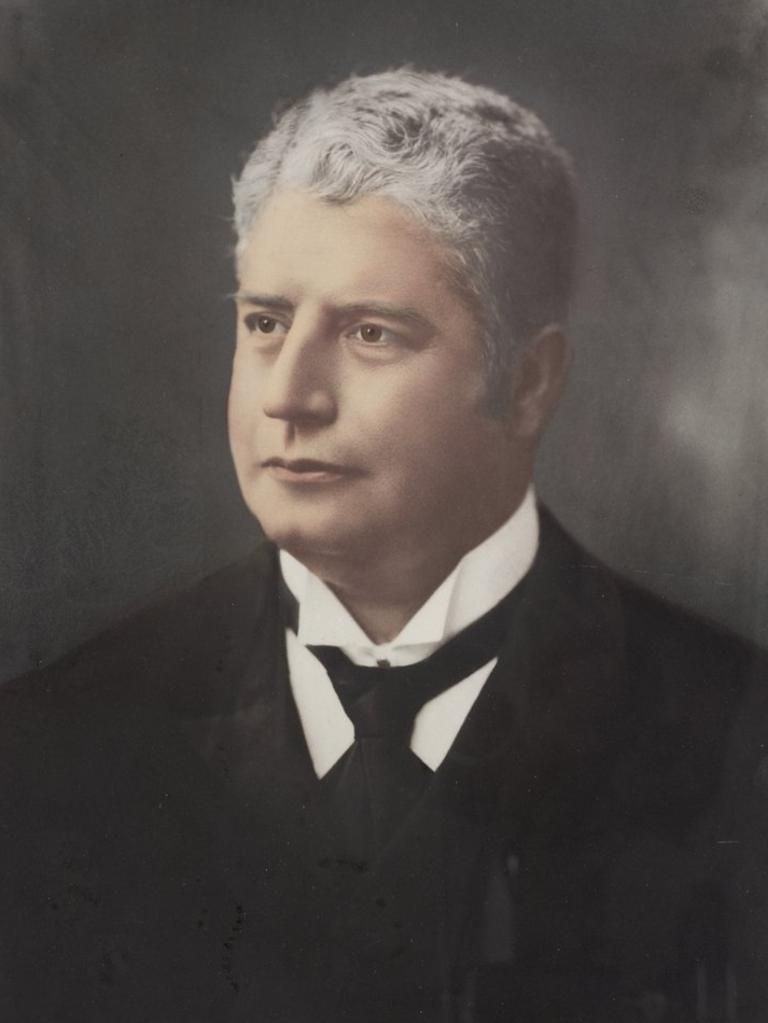
Australia’s first prime minister. Before Federation, each of the states was a British colony with a premier in charge.
Julia Gillard
2010-2013

Julia Gillard became Australia’s first and to date only female prime minister after a Labor leadership vote in 2010 that replaced Kevin Rudd.
Important achievements of Ms Gillard’s government were the introduction of plain packaging on cigarettes (a world first), the National Disability Insurance Scheme (NDIS), which helps organise support for people with disabilities and their families, and the Clean Energy Act, a way of pricing carbon emissions* to address climate change.
Ms Gillard led a minority government*, which made it difficult to get enough support to get decisions through parliament. In 2013 she was replaced by Kevin Rudd in a Labor leadership vote.
Robert Menzies
1939-1941, 1949-1966
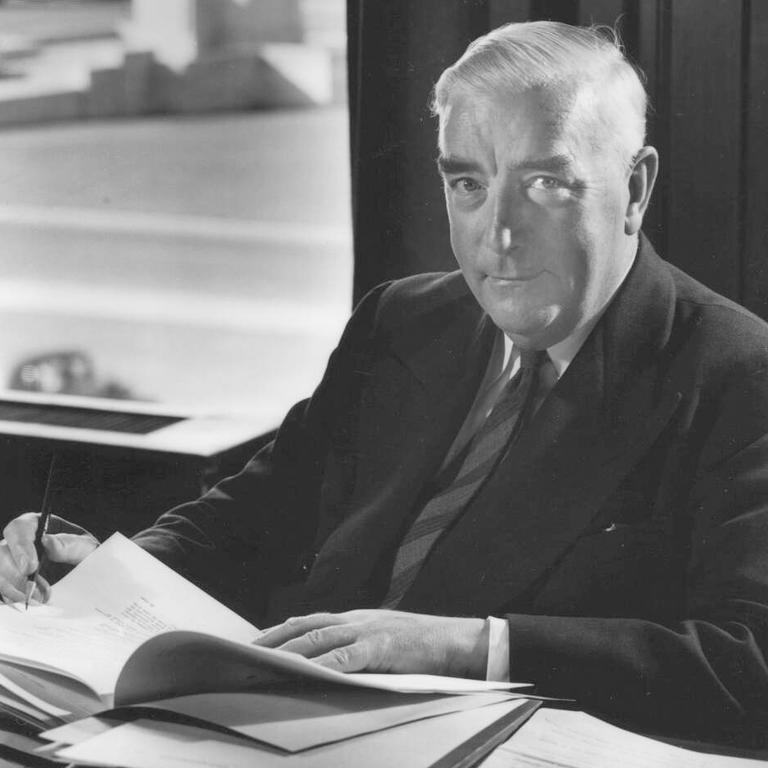
Australia’s longest serving prime minister, Robert Menzies had a brief and difficult first term as prime minister from 1939 to 1941, during World War II. His 16-year, second term as prime minister, from 1949 to 1966, was a time of growth, development and prosperity* in Australia.
Harold Holt
1966-1967
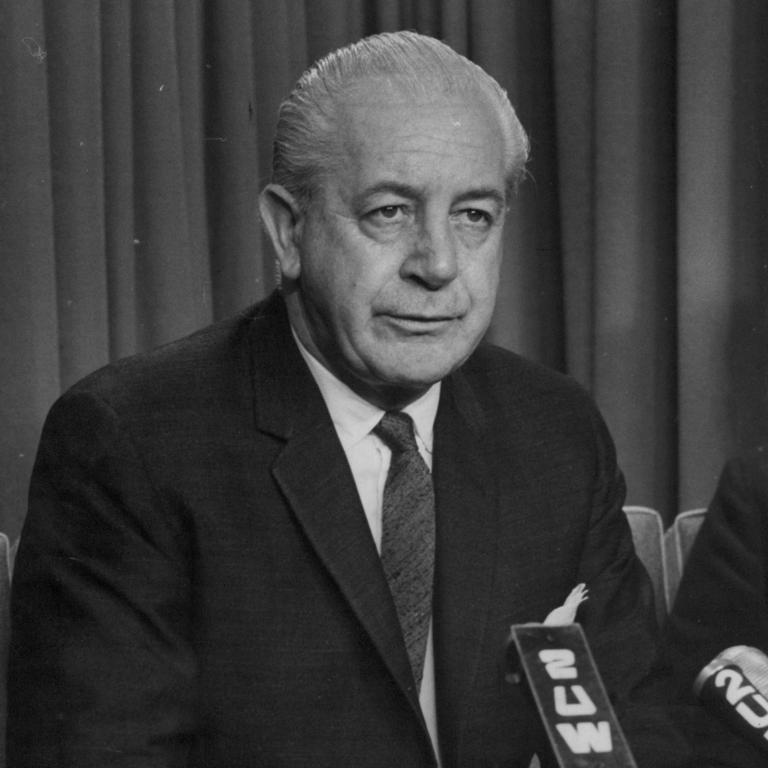
Harold Holt became Australian prime minister when Robert Menzies retired from parliament. Mr Holt had a long and successful political career but is most often remembered because he drowned while swimming at the beach. After Mr Holt died, John McEwan stepped in as prime minister for 23 days until the Liberal Party elected John Gorton as its leader.
Sources:
moadoph.gov.au
aph.gov.au
primeministers.moadoph.gov.au
GLOSSARY
- House of Representatives: lower House of Australian parliament, where decisions are first debated
- coalition: group formed when two or more political parties agree to work together
- constitutional: relating to the Australian Constitution, the laws for governing Australia
- ambassadors: the government’s representatives stationed in other countries
- emissions: the gases produced by something; usually referring to greenhouse gases produced that contribute to global warming
- minority government: a government in which the governing party has most seats but still less than half the total
- prosperity: a state of being successful or thriving
EXTRA READING
Step inside the houses of federal parliament
Australia’s system of government
Parties line up in the game of politics
QUICK QUIZ
- What number prime minister did Scott Morrison become on August 24, 2018.
- Which two parties are in a coalition to form the government?
- How much money is the prime minister paid each year?
- Who is the opposition leader?
- Who became Australia’s first and only female prime minister?
LISTEN TO THIS STORY
CLASSROOM ACTIVITIES
Refer to the accompanying Elections Education Kit classroom workbook with 20 activities. It’s FREE when teachers subscribe to the Kids News newsletter.
